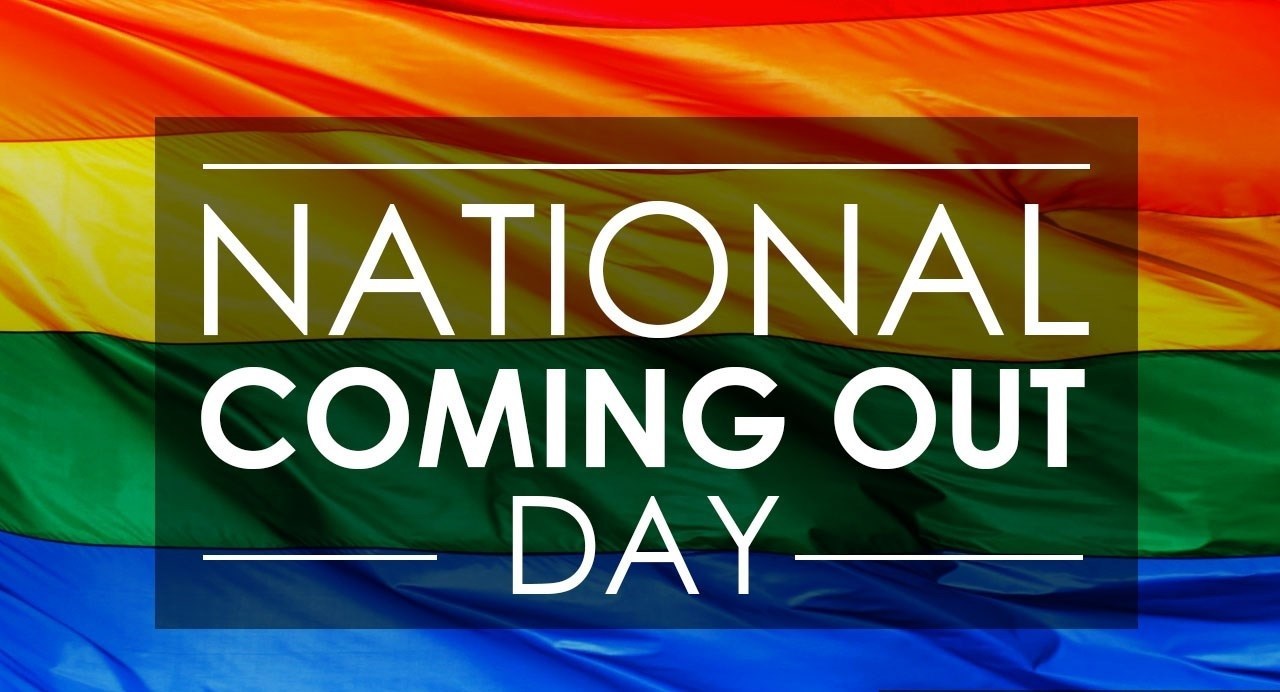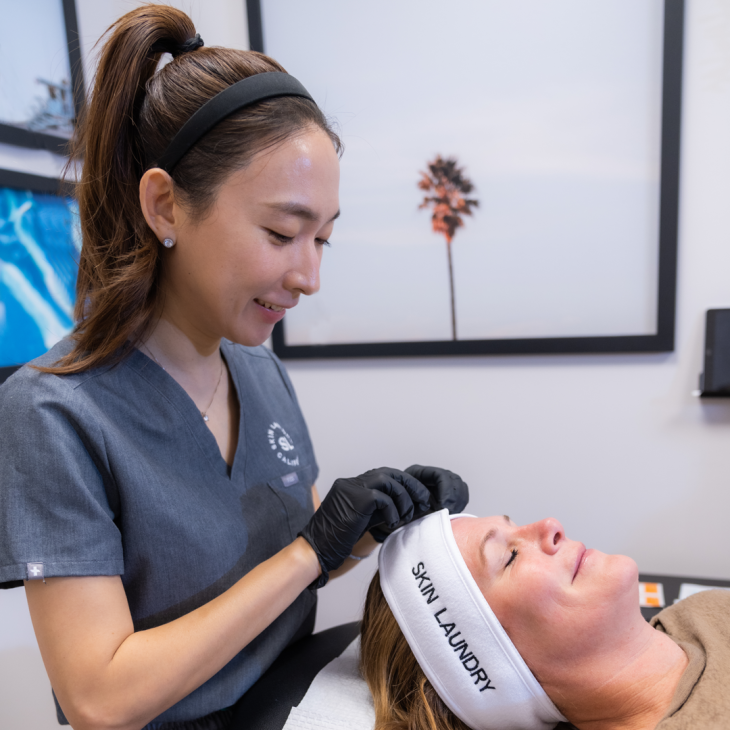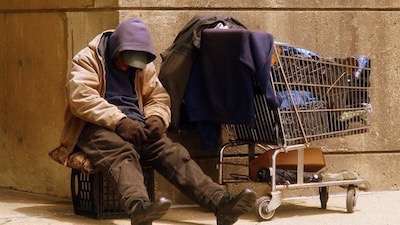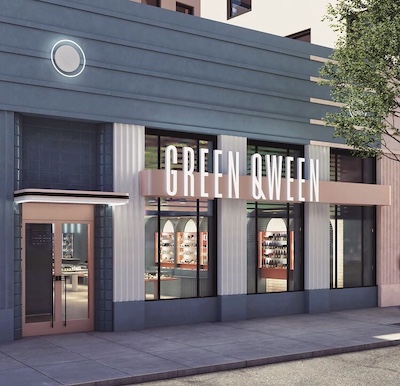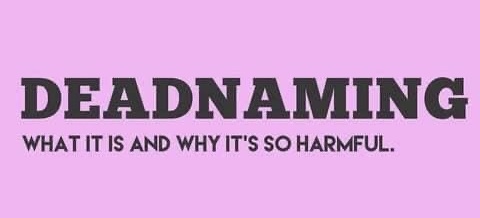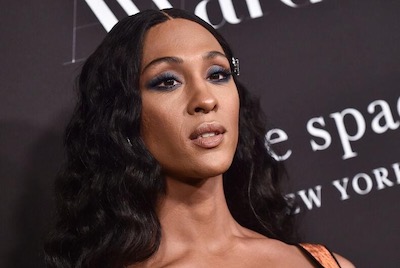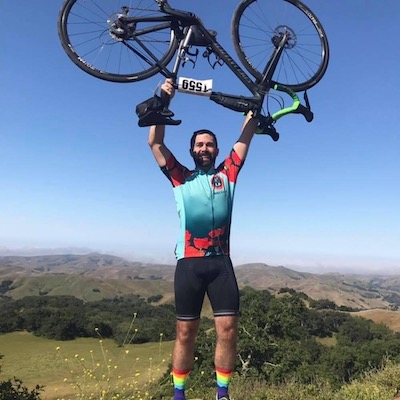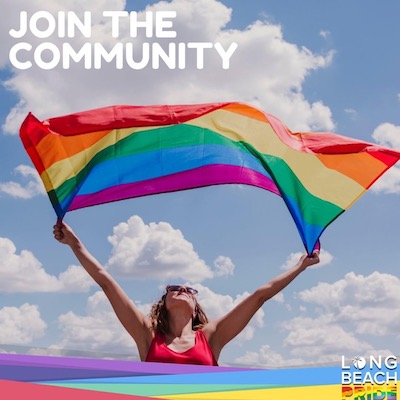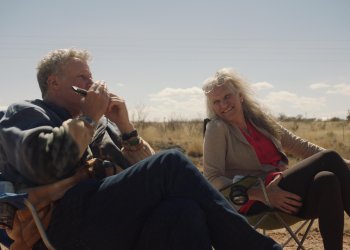Tomorrow marks the 30th annual National Coming Out Day.
This is the day when folks can come out as LGBTQ+ to friends, family and coworkers. Coming out is a powerful experience that helps all people who identify as LGBTQ+. National Coming Out Day, which falls on October 11 every year, brings a face and personal stories to the experience of being LGBTQ+ and can lead to more support for equality and affirmation.
The Pride LA spoke to local therapist John Sovec, LMFT – who is a nationally recognized expert on supporting LGBTQ kids and their families during the coming out process. Check it out:
Can you introduce yourself?
I am therapist based in Pasadena who specializes in working with LGBTQ youth and their families during the coming out process, although I do work with LGBTQ people of all ages. My current youngest client is 11 and my oldest is 81. I also travel nationally training caregivers and professionals on how to create LGBTQ affirming practices.
In one sentence, what is National Coming Out Day?
National Coming Out Day takes place on Oct 11th each year and celebrates the power of coming as both a personal and political statement.
Can you elaborate more?
This is the day when people of all ages can come out as LGBTQ to friends, family and coworkers. Coming out is a powerful experience that helps all people who identify as LGBTQ. Coming out brings a face and personal stories to the experience of being LGBTQ and can lead to more support for equality and affirmation.
In spirit of National Coming Out Day, can you share one instance when you came out?
How did it go? I came out during High School and had a lot of support from friends and family. I was lucky that my friends found it cool to have a gay friend and were doing their best to find me a date. Having this kind of support and love while coming out is unusual and I feel it is important to recognize the number of people who have a much more challenging coming out experience.
Why is it an important day for the LGBTQ+ community?
Keeping ones identify hidden takes of lot of effort and can leave a person feeling detracted, tired, depressed and anxious. Visibility is a key to action for the LGBTQ community both within our family structures and on a political action front. Being seen brings safety to a marginalized community and can bring people together as the catalyst for change.
What kind of work do you do with LGBTQ+ Youth and coming out?
I maintain my private practice where I work with teens and their families to navigate the rough waters of coming out. I also work with many schools to create more affirming policies and campus settings.
What are some topics you help navigate? When cleints come to work with me, we explore the actual process of coming out, what are the best steps to take to achieve it safely, dating, sex, and exploring the myriad possibilities of sexual orientation and gender identity.
How can families and allies best support their child when they come out?
I often start parents out with these five tips on how to best support their LGBTQ child
- Stay calm. This is probably a moment of shock for all of you. Leave space for it to sink in without having to react immediately.
- Be supportive and let them know how much you love them for exactly who they are.
- Be patient with them as they explore what being LGBTQ means to them.
- Let them know that you understand how hard this conversation is for them.
- Don’t expect them to have all the answers about what it means to be LGBTQ.
Can you talk on mental health revolving around acceptance and safe home lives for LGBTQ+ youth?
Multiple studies have shown that kids who come out in supportive environments both at home and at school have better school attendance, higher GPA’s, less depression, and better social skills. Having as little as one adult who is open and affirming can have deep and long lasting positive effects on LGBTQ kids as they are coming out.
How can a person tell if they are “ready” to come out?
For each person it is going to be an individual choice. One of the techniques that I use to assist a person who is exploring coming out is to weigh the pressure of staying secretive against the pressure of being out. And when the pressure of being out feels less than the pressure to hide, than that is the time to begin the conversation of how to come out.

For more information about John and his work, visit www.JohnSovec.com and www.GayTeenTherapy.com. For more resources on coming out, visit the HRC website HERE.

